My Adventures
A downloadable game
Game Design Link: My Adventures
Need:
Elementary school students need to become geographically informed through mastery of factual knowledge, mental maps and ways of thinking (National geography standard). They also need to study geography to develop geo-spatial thinking skills, which will help them understand spatial concepts and make sense of the real life phenomena (Liu, Chang & Lossman, 2010)
User and Context:
The game is designed for upper grade elementary school students aged from 8 to 12. Most of them are kids from the middle class in the public-school systems. Geography is part of the elementary curriculum. Geography learning for the students occurs mostly in formal classrooms through teachers’ instructions and text-based materials.
Design Description
Introduction:
My Adventures is a geography learning game that requires players to apply geography concepts and spatial thinking skills to solve a series of puzzles in the game. The narrative of this game is that a child is traveling around the world and trying to solve a series of puzzles in each place in order to move to the next destination. The background of each puzzle is connected to the geographic features of each place. For example, the child needs to use stones of different properties to escape in South Africa, which is rich in a variety of minerals and stones. In the puzzle of Egyptian pyramids, the child needs to protect herself from mummies in an underground pyramid maze (Figure 1).
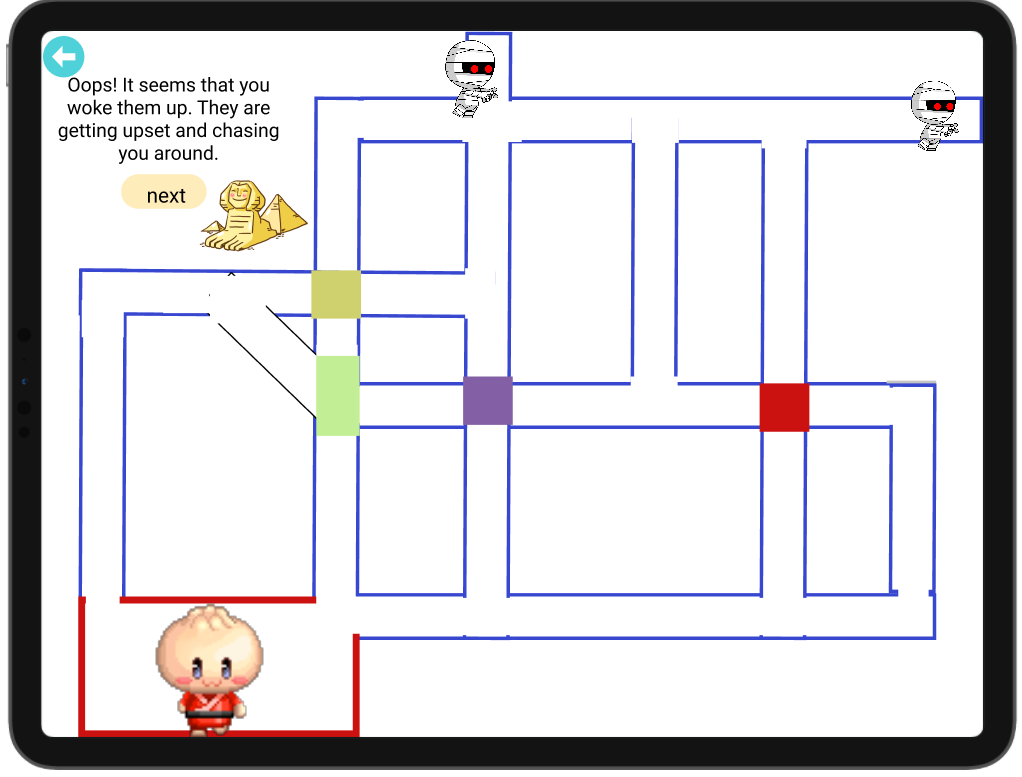
Mechanics
The major mechanics of the design include having conversations with non-player characters, checking details of items and locations, testing and revising choices, and completing contextualized tasks to proceed. The game design mechanics also embed hints and instructions in conversations and descriptions of items, in the form of both word and visual representations (Figure 2). During the game, players are able to test their understanding through trail and error, receive immediate feedback and try as many times as they want to find the correct solutions.
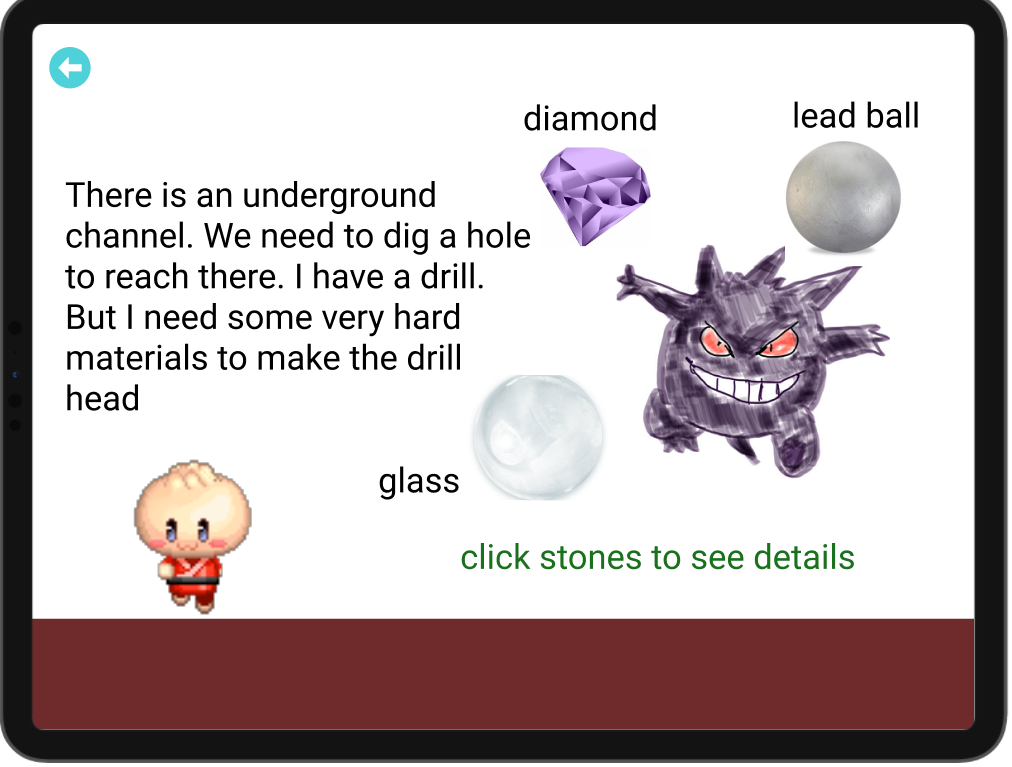
Dynamics:
The accessibility to different text and visual clues and feedback encourages players to frequently interact with items and characters to explore the clues in each puzzle (Figure 3 & 4).The opportunities for testing and revising choices enable players to explore different methods to approach the puzzle and figure out the solution by comparing and reflecting on the result of different choices. The narrative about traveling and exploration, as well as the tasks embedded in it, helps players conceptualize the puzzle-solving process as a way to continue their journey in the virtual world and keep them engaged.

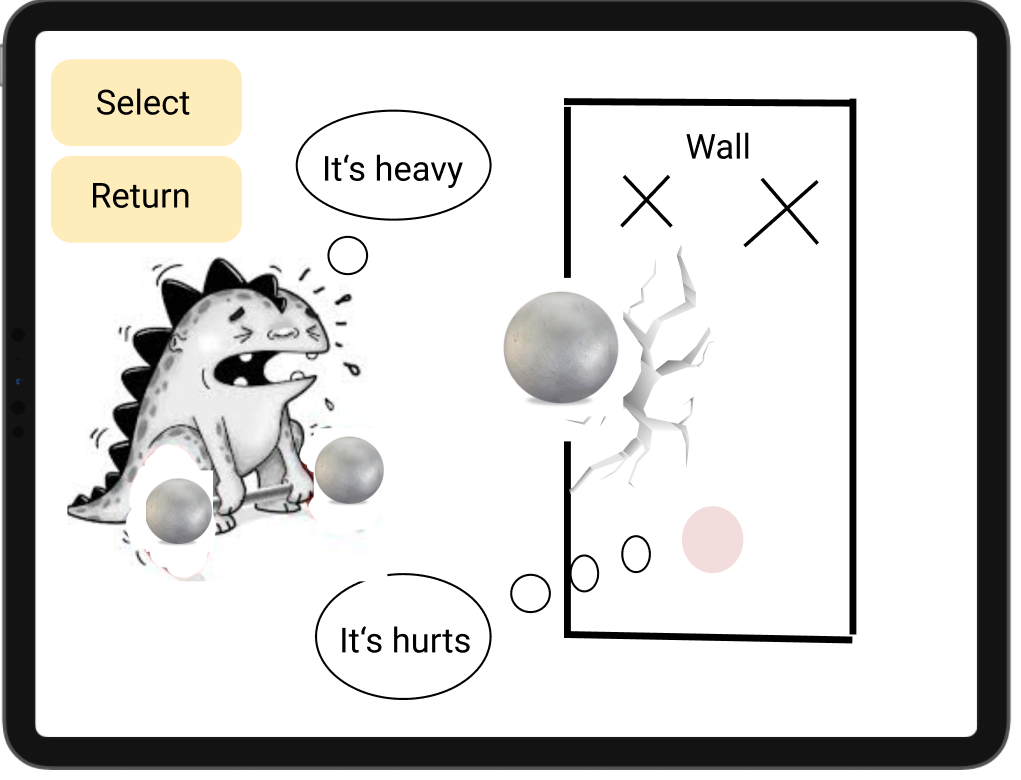
Aesthetics
The narratives about worldwide exploration and the scenarios embedded in the geographic features in different countries aim to create a feeling of fantasy and to engage players in the role of an explorer in the virtual world. The opportunities to observe phenomena, test different choices and revise them to solve puzzles aim to make the players feel self-directed and stimulate their curiosity about different geographic concepts. The animated characters and their interactions with the players through guidance, feedback and the help of non-character players aim to bring a sense of pleasure and engagement to the players(figure 4.

How the game supports learning:
The game aims to use a combination of hints, visual representations (Figure 4), immediate feedback and contextualized tasks to keep players motivated to solve problems and help them develop understandings of geographic knowledge and thinking skills along the way.
The game mechanics also allow players to explore geographic characteristics through visual representations and apply the knowledge into different scenarios embedded in the geographic features of the real world. Those elements create space for players to explore and engage in the contextualized tasks. The mechanics also align with the learning goals of helping players enhance their understanding of geography concepts by applying those concepts.
Successes and Challenges
One successful part of the game design is that it does not factor geographic learning out of the game context. The geographic concepts are inextricably linked to the mechanics, narratives and contexts of the game. As a result, the game contexts play an important role of facilitating players to understand the concepts and the intertwine of mechanics, stories and knowledge can provide players with engaging learning and playing experiences simultaneously.
One challenge of the game design is that although the tasks are related to the contexts and geographic features of the background, they do not simulate real-life problems. This challenge makes it difficult for the design to create an authentic learning environment for the players, which is important for geography learning. Second, although the game creates space for players to test and revise their choices under low risks, the player still has limited agency, in terms of tinkering and constructing things that are meaningful to themselves.
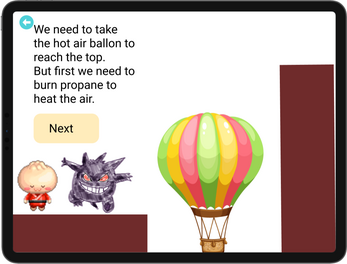
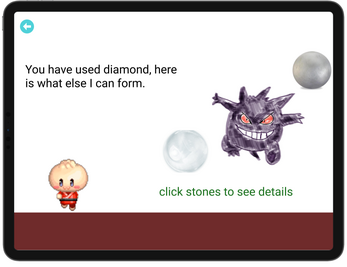
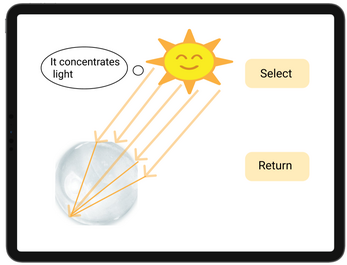
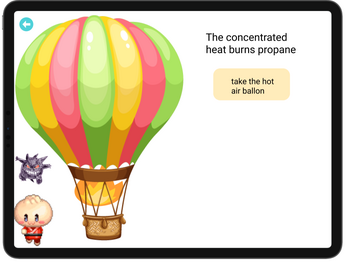
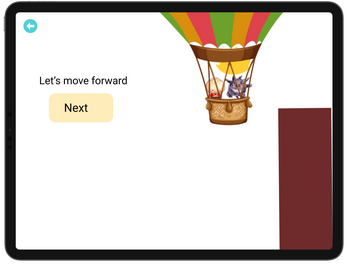
Leave a comment
Log in with itch.io to leave a comment.